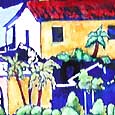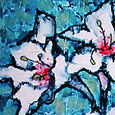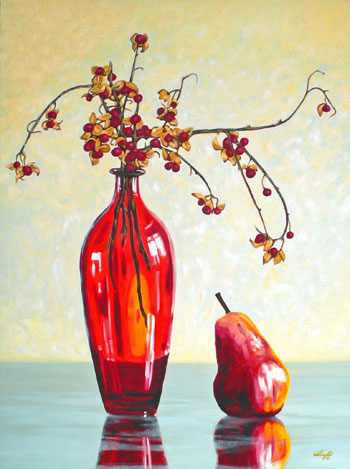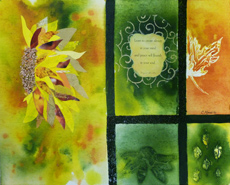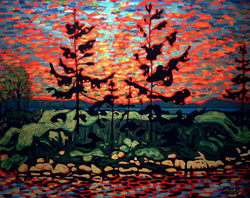Life happens fast. Really fast. And it seems that the older you get, the faster time goes. How do we respond to that? For those who want some measure of contentment at the end of each day, part of the answer is to live thoughtfully. What does that look like – the thoughtful life? Here are some things that I would put on that list:
1. Think about your strengths. Figure out where you need to be to use your strengths to be of the most benefit – for yourself and for others. Work on making your strengths even stronger. Work on blessing more people because we don’t go through this life as an island. The old Simon and Garfunkel song had that one wrong. /
2. Think about your weaknesses. How much do they hold you back? If not at all, perhaps they don’t matter. But if they are holding you back from being the best you can be, then you need to think about working on overcoming. Be courageous, even if it’s in baby steps. Think about what those baby steps would look like. /
3. Think about those you admire who touch your life, and why you admire them. Encourage them. Do you want to learn to be more like them? /
4. Connect with those who have very different views and ways than your own. Listen to and respect them. It’s too easy to connect only with those who think the same. Make your life richer by seeing that there are many diverse ways of journeying through this world. /
5. This one is so essential. If you can only remember one out of this list, pick this one because the others are not likely to happen without it. Regularly seek the silence. In our world every minute can be filled with texts and emails, entertainment, work, and constant mind numbing input. How will you find time to think about your life unless you make a very intentional effort to do so? /
More and more I am convinced that if we don’t think hard about our life, time will run us over with all the subtlety of a windshield meeting a bug. For myself, as I struggle to apply the above points in my own life, I have found 2 actions particularly helpful – reading and praying. I highly recommend both.
In tomorrow’s blog, I’ll look at how these 5 points can be applied to creating art as well.
What do you think? What have I missed about living thoughtfully that you would add to this list? Your comments are most welcome.
